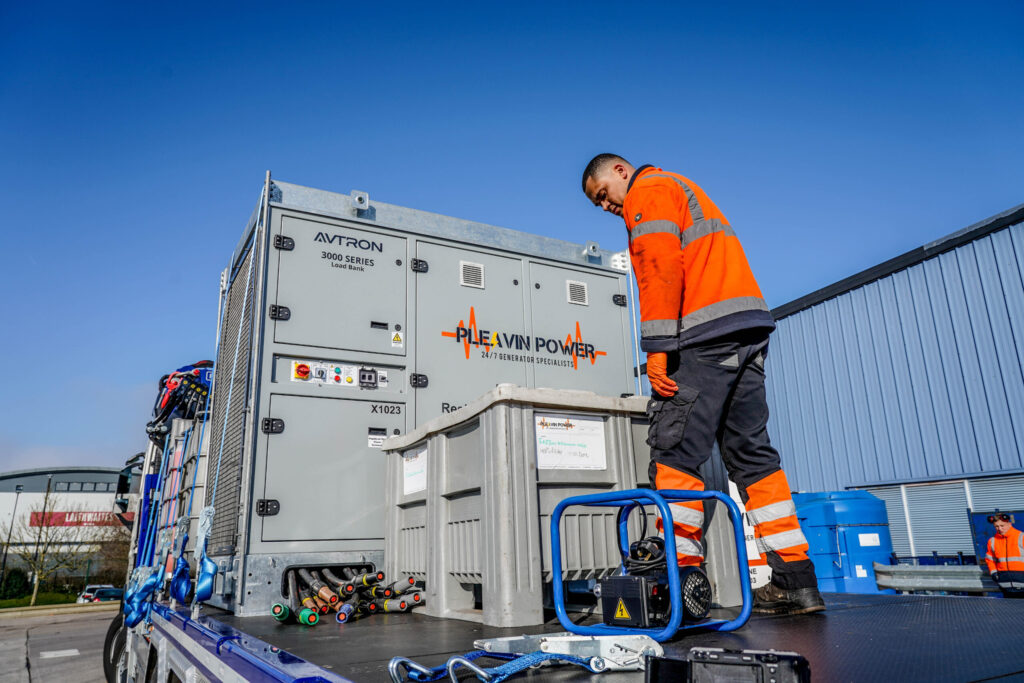No business is immune to unexpected disruptions. From cyberattacks and IT failures to power outages and natural disasters, a sudden incident can bring operations to a standstill.
A strong disaster recovery strategy is not just about fixing problems as they arise. It involves careful planning, risk assessment, and regular testing to ensure that when disaster strikes, recovery efforts are swift and effective. Having the right processes in place can mean the difference between a minor inconvenience and a long-term setback.
The Ins and Outs of Disaster Recovery Plans
A disaster recovery plan is a structured approach designed to help businesses restore operations after an unexpected event. This could be anything from a cyberattack to natural disasters or system failures.
A strong plan ensures that downtime is minimised, data is protected, and critical functions can resume quickly. Without one recovering from disruptions can be chaotic, leading to financial loss, reputational damage, and compliance issues.
Every organisation will have different risks, so recovery strategies need to be tailored to their specific operations. A small business may focus on cloud backups and remote working solutions, while a larger company may need complex failover systems and redundant infrastructure.
Regular updates and testing are just as important as having a plan in place. A static document gathering dust is no use when disaster strikes. Businesses need to revisit and refine their strategies to keep pace with evolving risks, technological advancements, and operational changes.
Key Components to Consider
A disaster recovery plan is more than a checklist: It is a comprehensive strategy that requires careful contingency planning. Several components work together to create a solid foundation for recovery. The most effective plans cover risk assessment, data protection, and clear communication procedures.
Risk Assessment and Business Impact Analysis
A first step in any recovery plan is to find out just what could go wrong, and make a note of it. This includes carrying out checks such as:
- Identifying potential risks, such as cyber incidents, power failures, hardware malfunctions, or supplier disruptions, and assess their likelihood and potential impact.
- Conducting a business impact analysis to determine which functions are critical and how long they can be disrupted before significant consequences arise.
- Documenting these risks to ensure that response efforts are well-targeted and effective. Without this step, gaps in protection could lead to prolonged downtime and revenue loss.
Backup Power and Data Storage Solutions
Next comes aligning solutions to solve these potential problems, and making note of the changes to come. These could include:
- Implementing a reliable backup system to protect against data loss, choosing from cloud-based backups, external storage, or redundant servers.
- Determining the best backup option for the business. This may be as an uninterruptable power supply, a generator or other forms of emergency power supply to be installed on-site.
- Storing data in multiple locations, using a combination of on-site backups for quick recovery and off-site or cloud solutions for added security against physical damage or cyber threats.
Communication and Response Strategies
With all this done, the final part of this process is to:
- Define a clear communication plan outlining who needs to be informed, how messages will be delivered, and what information must be shared.
- Establish a chain of command to streamline decision-making and ensure that responses are swift and organised.
- Identify multiple communication channels, such as email alerts, phone trees, and internal messaging systems, to maintain contact even if one method fails.
Steps to Create a Disaster Recovery Plan
Building a solid disaster recovery plan starts with gathering the right information and structuring a clear, actionable strategy. Every step should be practical, tested, and tailored to the needs of the business.
- Identify critical assets and systems that need protection.
- Outline potential risks and establish priorities for recovery.
- Document step-by-step actions to take when disaster strikes, covering everything from data restoration to alternative work arrangements.
- Ensure the plan is simple enough to follow under pressure but detailed enough to cover all necessary actions.
- Make the plan accessible to the right people to ensure decision-makers can act quickly.
Testing & Maintaining Your Plan
A disaster recovery plan is only effective if it works when needed. That is why testing is a crucial part of the process. Businesses should conduct regular exercises to check that all elements function as expected and that employees know their roles.
- How to test a disaster recovery plan depends on the business. Some may run full-scale simulations, while others may opt for smaller, targeted drills.
- Testing helps identify weaknesses before a real incident occurs, allowing improvements to be made proactively.
- Plans should be reviewed and updated frequently to reflect changes in technology, business operations, and emerging threats.
- Sticking with an outdated plan can be just as risky as not having one at all.
Common Mistakes to Avoid
One of the biggest mistakes businesses make is assuming disaster recovery is a one-time task. It is an ongoing process that requires attention and refinement. Failing to review and update the plan can leave organisations vulnerable.
- Relying too heavily on a single backup solution can lead to major recovery delays if that method fails. Diversifying storage options ensures a more resilient strategy.
- Poor communication can derail recovery efforts. If employees do not know their responsibilities or cannot access the plan when needed, confusion will slow down the response. Training and accessibility are key to success.
- Neglecting regular testing leaves businesses unprepared for real-life scenarios. Regular exercises keep teams familiar with the plan and help refine response strategies.
Having a disaster recovery plan in place is not just about ticking a box. It is about ensuring that a business can handle disruptions effectively and bounce back with minimal damage. Investing time in creating, testing, and maintaining a disaster recovery plan helps businesses stay prepared for the unexpected.















